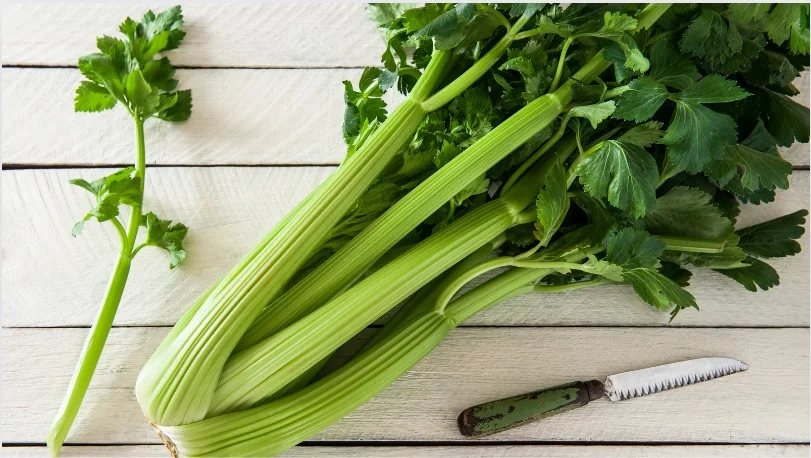Apio, also known as apiu, is a traditional appetizer cherished by Balkan Jews, particularly during the three pilgrimage festivals of Passover, Shavuot, and Sukkot. This cold dish, made primarily from celeriac and carrots, is not only a delight to the palate but also a reflection of the rich cultural and historical tapestry of the Jewish communities in the Balkans. This article explores the origins, ingredients, preparation, and significance of apio, shedding light on its role in both culinary and cultural contexts.
Origins and Etymology
The term “apio” is derived from the Spanish word “apium,” which refers to celery. This linguistic connection highlights the influence of the Spanish language and culture on the Jewish diaspora, particularly following the expulsion of Jews from Spain in 1492. Many Sephardic Jews, including those who settled in the Balkans, carried with them their culinary traditions, blending them with local ingredients and customs.
Historically, the Jewish communities in the Balkans faced numerous challenges, particularly during the 19th century. The decline of the Ottoman Empire led to economic hardships for many, especially the Jews of Bulgaria and Macedonia. Living in poverty, these communities adapted by utilizing affordable and readily available ingredients, which included celeriac and carrots—the primary components of apio. This dish serves as a poignant reminder of resilience in the face of adversity and the importance of preserving culinary traditions.
Ingredients
Apio primarily consists of two key ingredients: celeriac (also known as celery root) and carrots. Both of these vegetables are not only economical but also rich in flavor and nutrients, making them ideal for a traditional appetizer.
- Celeriac (Celery Root): Celeriac is a root vegetable known for its distinct flavor and crunchy texture. It is low in calories but high in vitamins, particularly vitamin K and vitamin C. The unique taste of celeriac, reminiscent of celery but with a nuttier and earthier profile, adds depth to the dish.
- Carrots: Carrots are another versatile vegetable, celebrated for their sweetness and vibrant color. They are rich in beta-carotene, fiber, and various vitamins and minerals. The combination of carrots with celeriac not only enhances the dish’s nutritional value but also creates a pleasing contrast in taste and texture.
Preparation
The preparation of apio is relatively simple, making it accessible to home cooks. Traditionally, the dish is prepared by peeling and grating the celeriac and carrots, which allows their natural flavors to meld together. The following is a basic recipe for making apio:
Ingredients:
- 1 medium-sized celeriac
- 2-3 medium-sized carrots
- Olive oil
- Lemon juice
- Salt and pepper to taste
- Optional: fresh parsley or dill for garnish
Instructions:
- Peeling and Grating: Begin by peeling the celeriac and carrots. Once peeled, grate them using a box grater or a food processor. This step is crucial for achieving the desired texture.
- Mixing Ingredients: In a large mixing bowl, combine the grated celeriac and carrots. Drizzle with olive oil and lemon juice, which will not only enhance the flavor but also help preserve the vibrant color of the vegetables.
- Seasoning: Season the mixture with salt and pepper to taste. Adjust the seasoning according to personal preference.
- Chilling: Allow the apio to chill in the refrigerator for at least 30 minutes before serving. This helps the flavors to develop and the dish to be served at a refreshing temperature.
- Garnishing: Just before serving, sprinkle with freshly chopped parsley or dill for an added burst of color and flavor.

Cultural Significance
Apio holds a special place in the culinary traditions of Balkan Jews. Its customary serving during the three pilgrimage festivals reflects its significance in ritual meals. These festivals commemorate historical events in Jewish history and are times for family gatherings and communal celebrations. Serving apio at these occasions not only honors tradition but also serves as a way to connect with cultural heritage.
Moreover, apio is often viewed as a symbol of resilience and adaptability. In times of economic hardship, the ability to create a flavorful and satisfying dish from humble ingredients is a testament to the creativity and resourcefulness of the Balkan Jewish communities. The dish embodies the spirit of preservation, as generations have passed down the recipe and the stories associated with it.
Conclusion
Apio is more than just an appetizer; it is a culinary representation of the rich history and cultural heritage of Balkan Jews. Through its simple yet flavorful combination of celeriac and carrots, this dish serves as a reminder of the struggles and triumphs of a community that has faced adversity while maintaining its traditions. As it continues to be enjoyed during the pilgrimage festivals, apio stands as a testament to the resilience, creativity, and enduring spirit of the Balkan Jewish culture.
In celebrating dishes like apio, we not only savor the flavors of the past but also honor the stories and traditions that have shaped the culinary landscape of Jewish communities around the world.









